As my colleague Shane Taylor reported this week, several NFL players gathered on Zoom. The subject was the declining market for running backs.
This meeting was followed in short order by Giants’ running back Saquon Barkley signing a one-year contract for $11 million. A far cry below what most people expected he’d get.
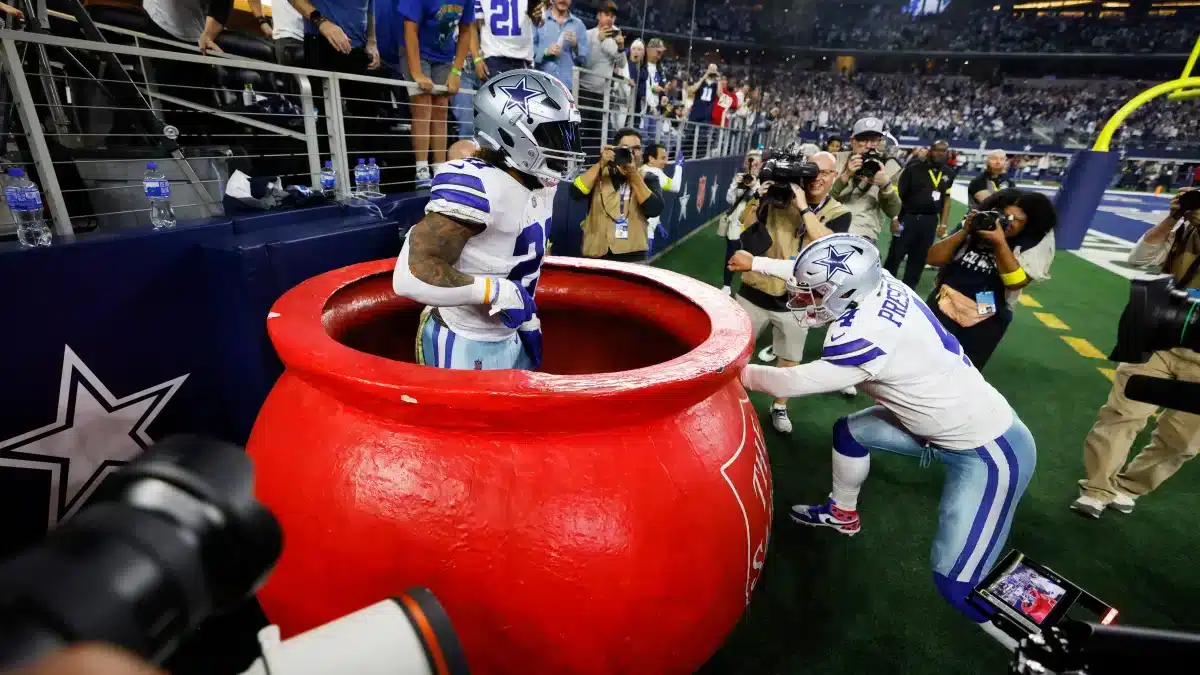
Former Cowboys running back Ezekiel Elliott, as well as Dalvin Cook, Leonard Fournette, and Kareem Hunt among others, remain unsigned free agents.
It wasn’t that long ago that owners were sending semi-trucks laden with pallets of cash to their starting running backs. So what changed?
Different Set Of Rules
The rules for one. With the protections given to quarterbacks and receivers who needs to run the ball?
Breathe too heavily upon, much less make contact with, a quarterback or receiver and a defender will get buried in a blizzard of yellow hankies.
In the past, a defensive back could all but strip a receiver naked and not get flagged. A quarterback is expected to get crushed on nearly every pass play.

But in today’s game, we see roughing the passer calls if a defender’s pinky grazes the quarterback’s facemask. Thank Tom Brady for that bit of insanity.
So until the defensive backs are allowed to actually cover a receiver, and the bubble wrap is removed from the quarterbacks, the NFL is a passing league.
This means the quarterbacks are getting the big contracts. Leaving less money to pay a running back that isn’t generating a large percentage of the offense.
The Pacheco Experience
The Kansas City Chiefs drafted Isiah Pacheco in the seventh round of the 2022 draft. He wasn’t expected to be much of a threat.
By the time the Chiefs won the Super Bowl, Pacheco was the man in the backfield behind Patrick Mahomes.
He finished with 830 yards and five touchdowns on just 11 starts. In three playoff games, he had a combined 262 yards and a touchdown.
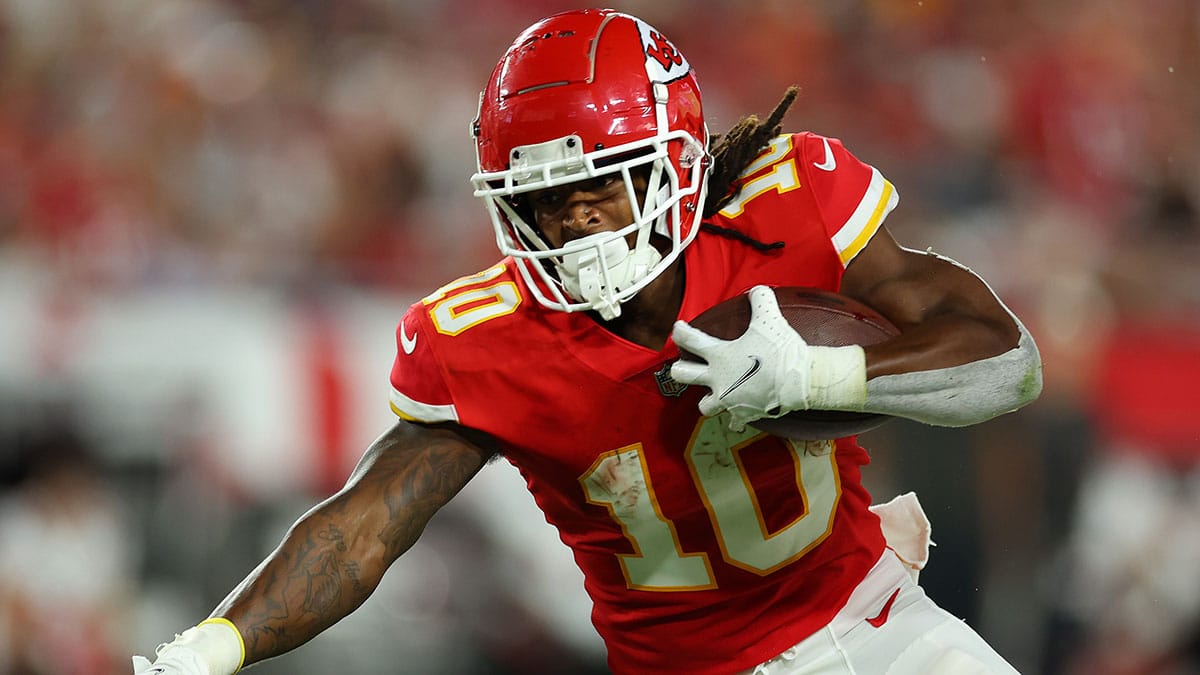
Not bad for an investment of just under $800,000 in 2022. His salary for the next three years? $827k, $880k, and $934k in 2025.
And therein lies the problem. Why pay millions of dollars when you can draft a rookie every three or four years, pay him on the cheap, and get decent production?
That’s why Tony Pollard signed his $10 million tag and why Barkley caved and accepted an $11 million deal. That may be the high-end salary for running backs for a long time to come.
Elliott’s Fatal Second Contract
When the Cowboys drafted Elliott in 2016 with the fourth overall pick they signed him to a four-year, $24.9 million contract.
They also passed up a chance to take defensive back Jalen Ramsey instead and use their second-round pick to grab Derrick Henry instead of linebacker Jaylon Smith, but that’s another post.
He got a $16 million signing bonus and the contract paid out $4.5 million in 2016, $5.6 million in 2017, $6.8 million in 2018, and just under $8 million in 2019.
Just a quick reminder of Pacheco’s contract numbers for his first four years. Then compare his 2022 season to Elliott’s.
Elliott had 14 starts in 15 games played. He finished with 876 yards and 12 touchdowns. He’s no longer the starting running back in Dallas.
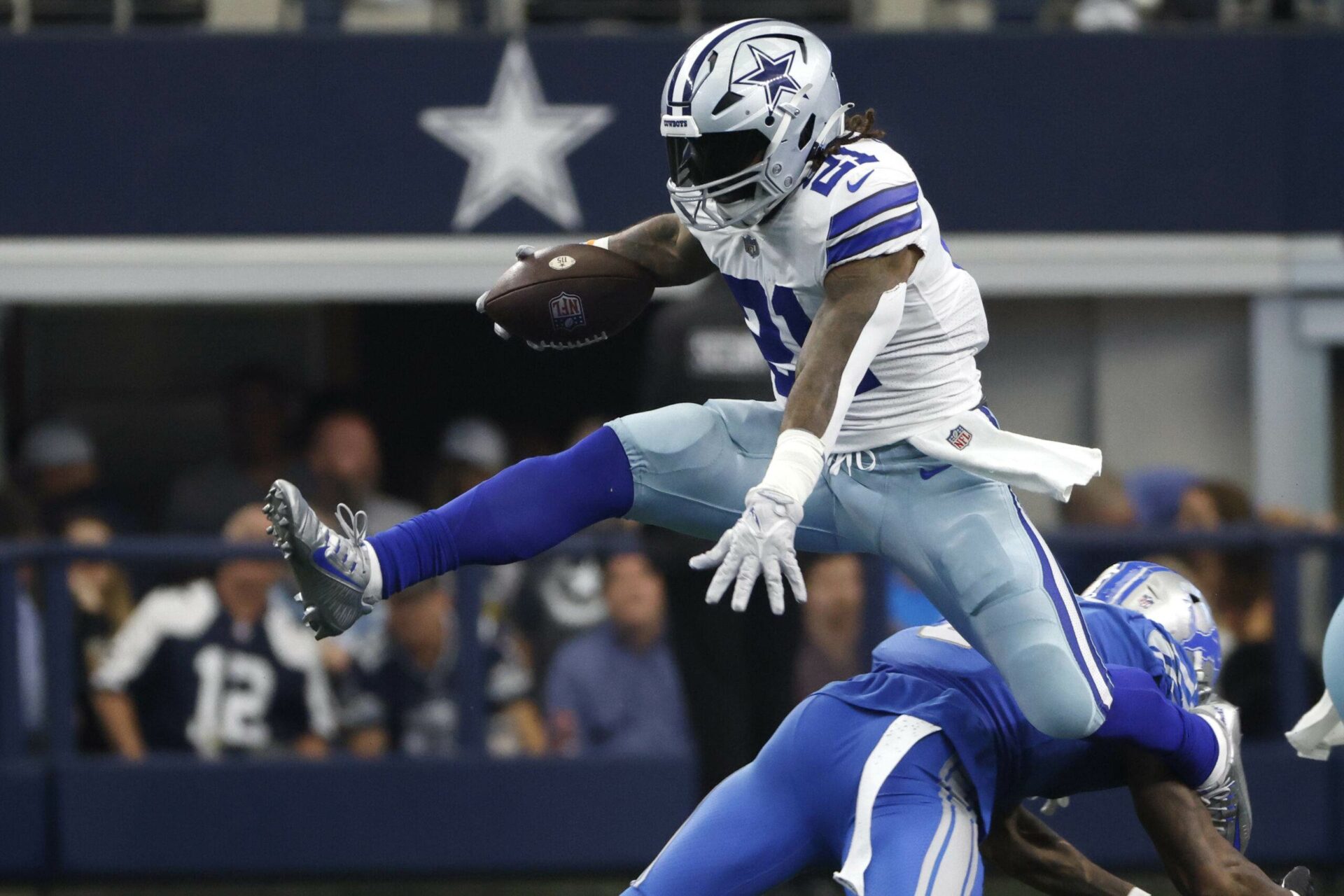
Who got the better value last season, the Chiefs or the Cowboys? Honestly, you have to say advantage Kansas City.
In 2019, Elliott held out for 40 days and ended up with a six-year, $90 million deal. Of course, he never saw all of that money as Dallas cut him earlier this year.
But Elliott’s second contract and the low ROI the Cowboys got from it will be held up as a cautionary tale in the NFL for a long time to come.
As long as running backs remain a dime-a-dozen, the contracts for the position will continue to grow smaller and smaller.



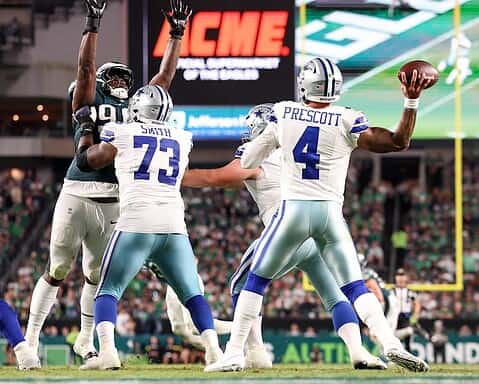
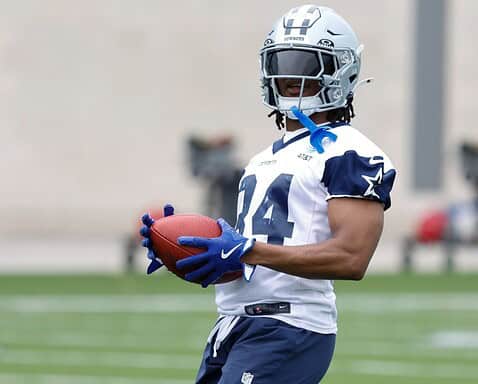



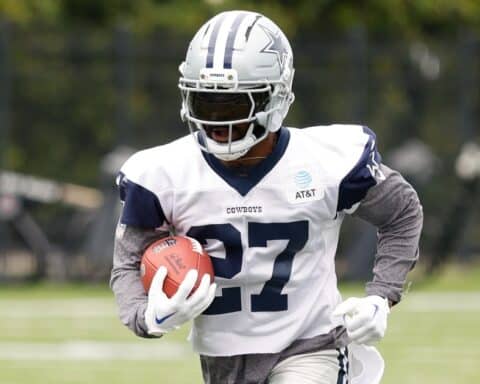


The title alone is offensive. Gurley got paid and disappeared. How many do it all RBs are there in the league besides D. Henry, Nick Chubb and JT. Henry got paid and so did chubb. Nowadays your big money RBs are becoming passing down backs. Cmc can’t handle the 3 down role without breaking down, Ekeler best known for what he can do in the passing game, so is Kamara. Barkley in 5yrs in the league has only had 2 healthy seasons. Zeke was your 3 down do it all back. Never came off the field and he was still durable. Owners are just adjusting to the position. Why pay big money for one guy when you can pay less and use two guys. Cmc got out carried by Mitchell but still held on to the passing down role. Henry finally became useful on passing downs last season and Cleveland is finally going to try to involve Chubb on passing down. What Zeke was doing for the Cowboys is more than what backs are doing for their teams. Yes Zeke’s numbers were down but he was also playing thru injuries.
Did the Rams get ROI from Todd Gurley?
Between him and Le’Veon Bell
The contract was written by the most CLUELESS person in NFL history, Jerry Jones
Zeke’s contract proved why teams should avoid paying their running backs the wrong type of money.
Does anyone still use editors to proofread articles? This one is so rife with typos and grammatical errors, I could hardly get through it.
Trying to put all this on Zeke is ridiculous..Zeke is one of many you could of used..And a back for the chiefs isn’t exactly playing under the same circumstances that a back in Dallas playing under